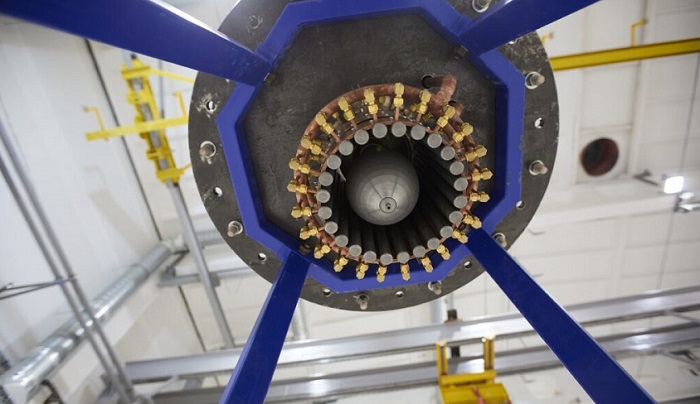
he scientists at Rosatom have developed a laboratory prototype of a plasma electric rocket engine based on a magnetic plasma accelerator, which exhibits improved thrust performance (at least 6 Newtons) and specific impulse (at least 100 kilometers per second). The project is a part of a comprehensive program aimed at advancing nuclear science, engineering, and technology in Russia, which in 2025 emerged as a part of the new national initiative for technological leadership “New Nuclear and Energy Technologies”.

The average power of such an engine operating in a pulsed-periodic mode can reach 300 kilowatts. These engines enable spacecraft to accelerate in space to velocities that are beyond the capability of chemical engines and make fuel consumption more efficient by reducing the need for fuel by ten times.
“At present, a one-way travel to Mars onboard spacecraft with conventional engines can take almost a year, which poses a significant risk to astronauts considering cosmic radiation exposure. However, plasma engines could reduce the duration of flights to just 30 to 60 days, making possible return missions to Mars. The creation of a prototype is a crucial milestone of the project as it shows whether the engine is suitable for future “nuclear tugs” in space and whether it is possible to reduce the cost of their production,” said Alexey Voronov, First Deputy Director General for Science at Rosatom’s Research Institute in Troitsk.